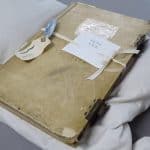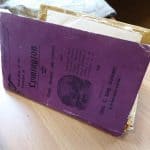The Dorset History Centre (DHC) in Dorchester, runs Caring for Collections courses designed to help members of the public and local history societies understand how documents and other media can deteriorate and the measures which can be taken by the centre to assess, stabilise and conserve valuable local resources and in some cases, restore them.
In March 2016 two members from the Cerne Historical Society attended such a course in order to help us to better recognise and understand the nature of this slow deterioration and to arm us with knowledge which will help us make tough decisions over the curation of our own collections for the future.

The Ten Agents of Deterioration
Jenny Barnard, Conservation Officer at the DHC outlined, with practical examples, the ten agents of deterioration which can in some cases, progress so slowly that a degradation in the nature of the object is often missed.
The key here clearly, is to Risk Assess the conservation location and take action before deterioration becomes visible.
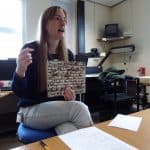
Incorrect Temperature and/or Incorrect Relative Humidity
High temperature: accelerates deterioration, most chemical reactions are doubled with every increase in temperaure of 10 deg C. Slow deterioration often underestimated. Do not hang displays above a radiator.
High RH: mould growth,insect activity, metal corrosion.
Low RH: dessication and embrittlement.
Organic material is hygroscopic, absorbing & releasing moisture in the air. Fluctuations in humidity result in swelling, warping, cracking, delamination
Organic materials should be stored at 16-19 deg C and at 45-60% RH
Photographic materials should be stored at <16 deg C and at 30-50% RH
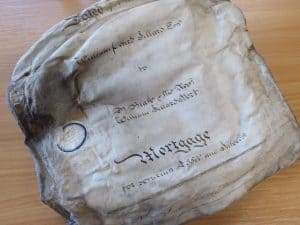
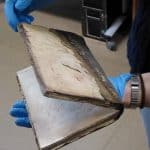
Light
Causes fading and chemical deterioration. Damage is cumulative and irreversible.
Keep objects out of direct light, especially daylight.
A UV component is present in fluorescent lighting. Display copies instead. Display textiles only for short periods.


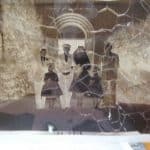
Pests
Insects, their larvae and Rodents. Avoid by keeping storerooms clean.
Check regularly for new small holes, droppings and live insects.
Traps can be used.

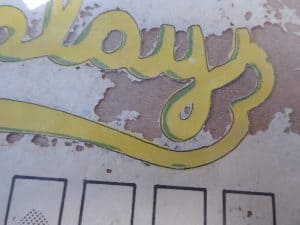

Pollutants
Contact with another material brings risk of abrasive damage or chemical deterioration e.g. archival plastic sleeves to avoid decay of acidic papers.
Never laminate items, use manila folders instead.
Use conservation paper clips with non-acidic paper
Never handle metal items without gloves since fingerprints are etched into the surface. Use nitrile (blue) gloves not latex.
Particulates – soot, dust, cooking, airborne debris from roads.
Gaseous – acidic packaging, acetic and formic acids from new wood, paints, ozone, sulphur. Particularly vulnerable are photographic materials.
Never handle photographic items without gloves. Finger prints are acidic.
Store items separately. Rubber, wool and silk can break down to form sulphur compounds that may attack metals. These reactions are accelerated by elevated temperatures and high RH levels. Acid-free tissue is available for draping over objects.
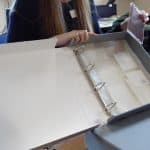
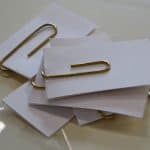
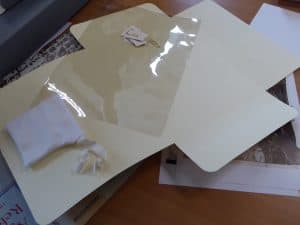
Fire & Water
Catastophic loss of collection.
Leak, Flood – do not store near pipes or areas of potential flooding. Keep items off the floor.
Dust metal objects carefully. Textiles should never be hoovered. Consult a conservator.

Thieves, Vandals, ‘Displacers’
Security – minimum alarm & secure windows & doors
Physical forces – handling and storage
Improper handling – use book supports & weights. Do not use Blu-tac, drawing pins, staples or sticky tape for repairs. Instead consult a conservator.
Provide good physical support when in storage and on display to protect against unintentional damage and distortion of for exampl, textiles. Do not iron. Use proper shelving, archival packaging, ensure maintenance of store room.
Custodial neglect
Care not taken to preserve archive, loss of information.
